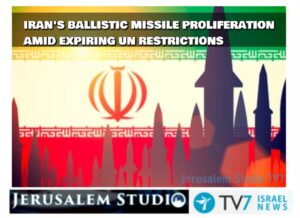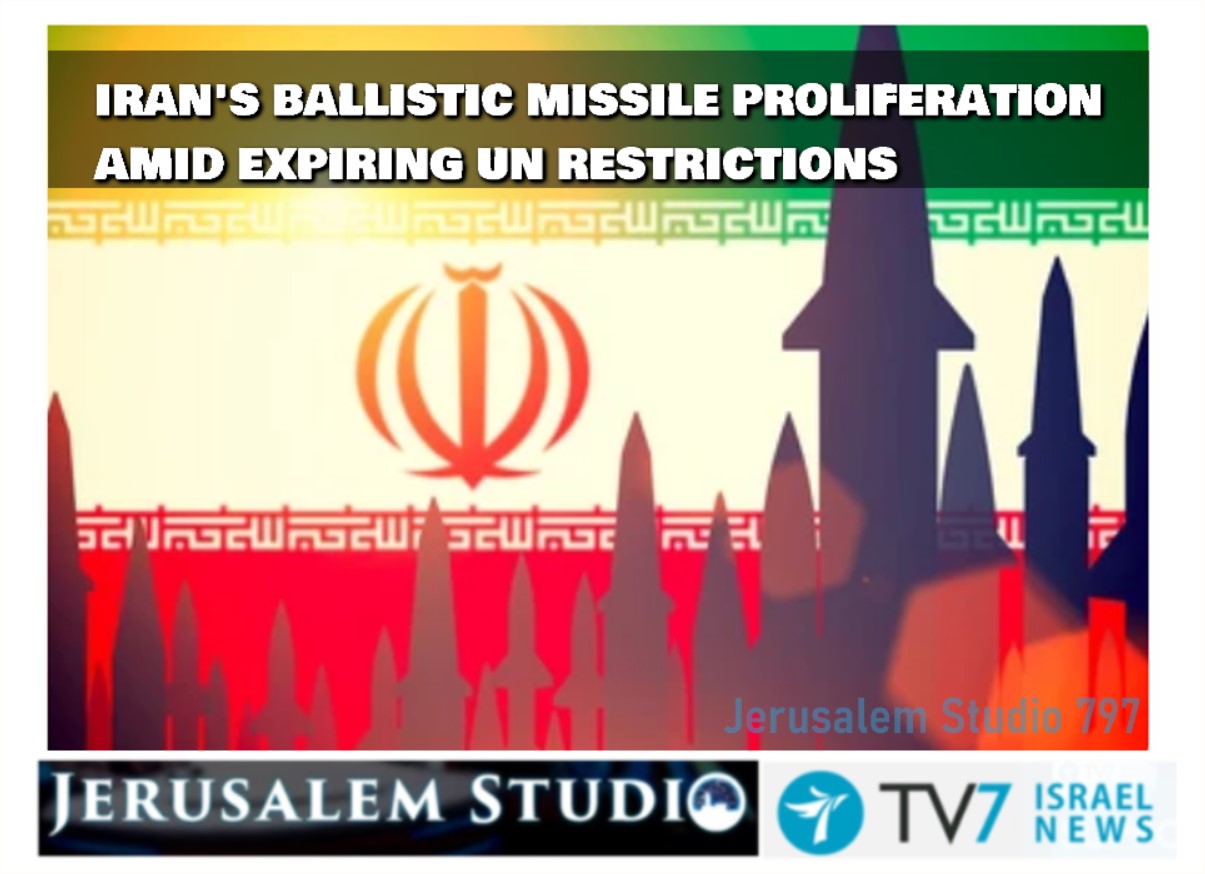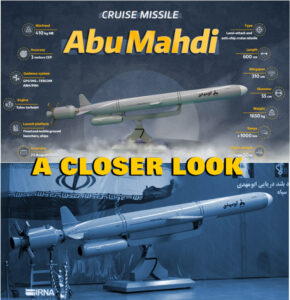 When the Missile Technology Control Regime (MTCR) was established in the late 1980’s, it was intended as a self-restraining political mechanism agreed to by Western states in order to avoid any competition in the sale of strategic systems to the Iran’s and Iraq’s of this world. Russia also joined MTCR at a later stage, but now appears to be ignoring its constraints due to the Ukraine situation forcing Moscow to rely on military imports. This has been a great opportunity for Iran, which may have a weak Air Force but has an extensive array of missiles and drones. Further adding to Iran’s good fortune is the imminent expiration of UN sanctions on its ballistic missile activity, which China and Russia were not willing to extend. To dive into these issues we are joined by: Panel: – Host : Jonathan Hessen – Amir Oren : Editor at Large, Host of Watchmen Talk and Powers in Play – Brig. Gen. (Res.) Mark Kimmitt : former Assistant Secretary of State for Political-Military Affairs – Amb. William Roebuck : Executive Vice President of the Arab Gulf States Institute in Washington D.C.
When the Missile Technology Control Regime (MTCR) was established in the late 1980’s, it was intended as a self-restraining political mechanism agreed to by Western states in order to avoid any competition in the sale of strategic systems to the Iran’s and Iraq’s of this world. Russia also joined MTCR at a later stage, but now appears to be ignoring its constraints due to the Ukraine situation forcing Moscow to rely on military imports. This has been a great opportunity for Iran, which may have a weak Air Force but has an extensive array of missiles and drones. Further adding to Iran’s good fortune is the imminent expiration of UN sanctions on its ballistic missile activity, which China and Russia were not willing to extend. To dive into these issues we are joined by: Panel: – Host : Jonathan Hessen – Amir Oren : Editor at Large, Host of Watchmen Talk and Powers in Play – Brig. Gen. (Res.) Mark Kimmitt : former Assistant Secretary of State for Political-Military Affairs – Amb. William Roebuck : Executive Vice President of the Arab Gulf States Institute in Washington D.C.
In “Arsenal: Assessing the Islamic Republic of Iran’s Ballistic Missile Program,” Behnam Ben Taleblu describes in impressive detail the origins, evolution, and future of a weapon that has become synonymous with the Iranian threat. Taleblu leverages an impressive array of English- and Persian-language sources to produce one of the most comprehensive publicly available assessments to date of Iranian ballistic missile capabilities and intentions. In addition to showing how and why Iran’s ballistic missiles will improve over time, Taleblu explains how Tehran’s technical progress on missiles will drive it to employ these weapons more often. Expect more missile attacks and transfers from Iran, not fewer, he argues. Taleblu walks readers through the wartime origins of Iran’s ballistic missile program in the 1980s and the web of individuals and companies that helped Tehran build the Middle East’s largest missile arsenal. He then sheds light on the reasons Tehran has invested so heavily in ballistic missiles over the past 40 years and how the arsenal affects Iran’s nuclear quest and security strategy. The report covers missile tests in Iran and transfers to proxies abroad, while providing a systematic overview of every known Iranian ballistic missile as well as how Iran is using its space program as a potential pathway to develop longer-range missiles that could one day target the U.S. homeland. Despite its detail, this timely report is accessible to non-technical readers and to those who are not subject-matter experts on Iran. At the same time, the report offers technical experts several avenues for further research and analysis. Taleblu’s findings and recommendations will stimulate a productive policy discussion regarding the steps Washington must take to counter the rising Iranian ballistic missile threat.




